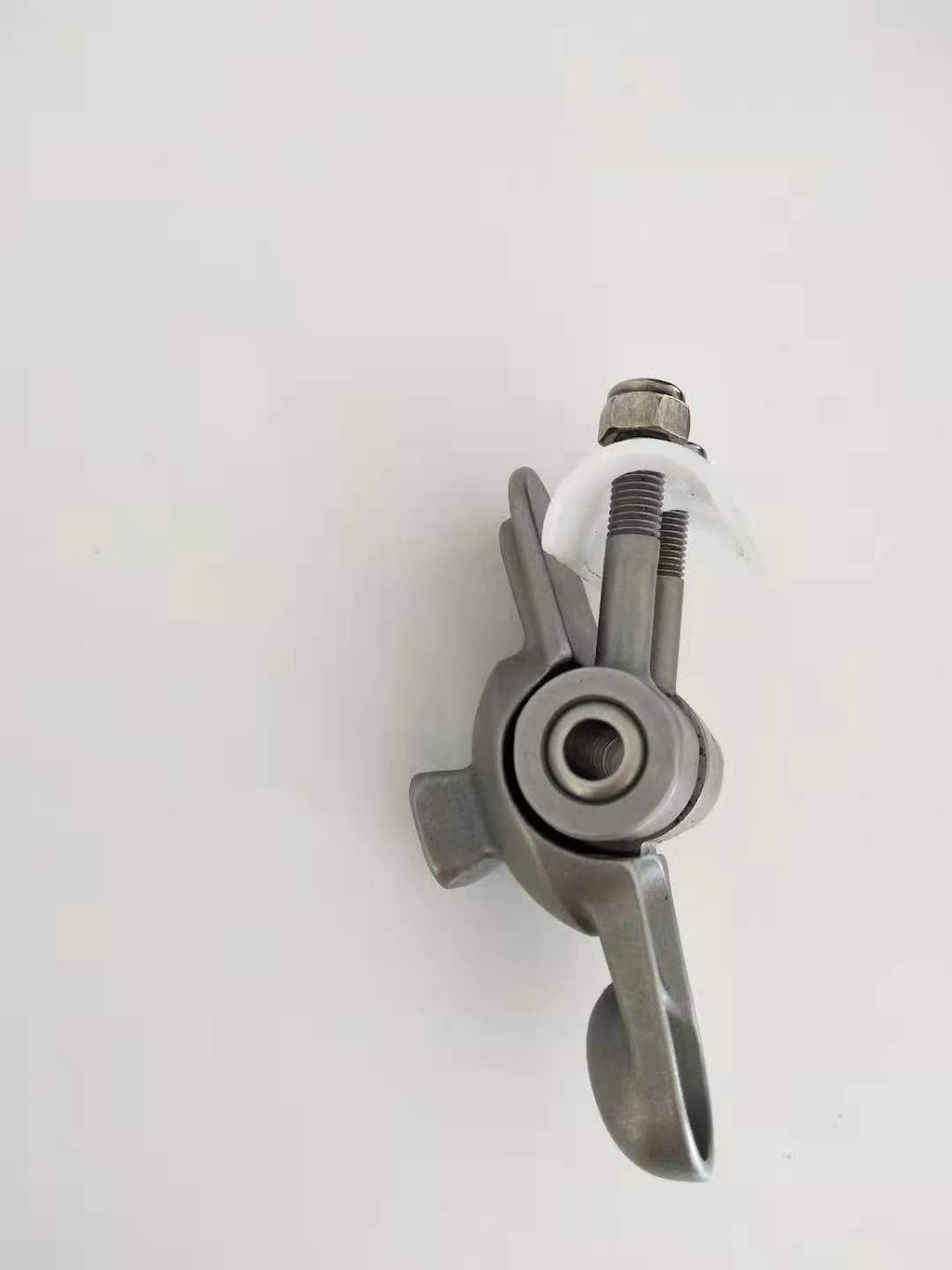Home Home & Living Cleaning & Organizing Cleaning Tips
Every editorial product is independently selected, though we may be compensated or receive an affiliate commission if you buy something through our links. Ratings and prices are accurate and items are in stock as of time of publication. Alloy Steel Casting

A clean and empty sink keeps the daily operation of your kitchen running smoothly, helping the overall space feel organized and ready for action.
But when learning how to clean a sink, there’s a lot more to it than simply loading the dishwasher. Deep cleaning and sanitizing your sink should be done daily. According to the NSF (National Sanitation Foundation), the kitchen sink contains the second-highest concentration of germs in the entire household—the first being the kitchen sponge!
What’s the best way to get rid of bacteria and make your sink sparkle? We’ll go over the basic cleaning steps for any kitchen sink, and then get more specific based on the material of your sink.
For an enameled cast iron sink, wash the sink with soap and water and then use a product like Bar Keeper’s Friend Soft Cleanser. The creamy consistency clings to the sink sides and helps wash away stubborn stains and rust. Use a microfiber cloth or soft sponge to scrub in a circular motion. Never use steel wool, wire brushes or any other abrasive cleaning tools that can scratch the surface.
After washing and sanitizing a stainless steel sink, really make it shine with a stainless steel cleaner. Weiman Stainless Steel Cleaner is designed with a polish that helps protect stainless steel from water marks, streaks and grease. Spray on the cleaner, then wipe with a microfiber cloth in the direction of the grain. Buff with a clean, microfiber cloth or paper towel until the surface shines.
A composite sink (a molded sink that matches the countertop) is made from a blend of granite or quartz dust, resins and acrylic. Composite sinks are durable and resistant to most staining, but sometimes hard water and minerals in the water can leave white stains that are difficult to remove.
Use a hard water stain remover such as Lime-A-Way every one or two months. Spray and scrub with a brush or sponge, and then rinse. As an extra layer of protection and shine, apply mineral oil (or olive oil) to the entire sink surface. Buff with a paper towel and wipe away excess.
To remove hard water stains from the kitchen faucet, apply a mixture of 50% vinegar and 50% water to the faucet, let sit, then wipe with a microfiber cloth and rinse. (Keep in mind, vinegar can damage porous countertop surfaces such as granite or limestone. Use extreme care if your faucet is near these surfaces.) Bar Keeper’s Friend also works well on faucets for stubborn stains and buildup.

Cusomize Medical Implants Casting Clean the drain along with the sink, using the same products to scrub away food particles. If you have a garbage disposal, pour two cups of ice cubes into the garbage disposal followed by one cup of rock salt. We prefer rock salt for its coarse texture, but kosher or table salt will work just fine as an alternative. Run cold water down drain for 5 to 10 seconds with the garbage disposal on. The ice and salt will clean and deodorize the blades. For extra deodorizing power, repeat this step with diced citrus like lemons or limes.